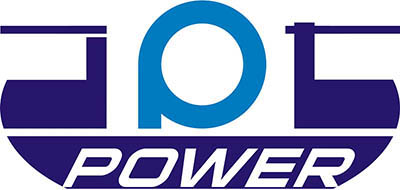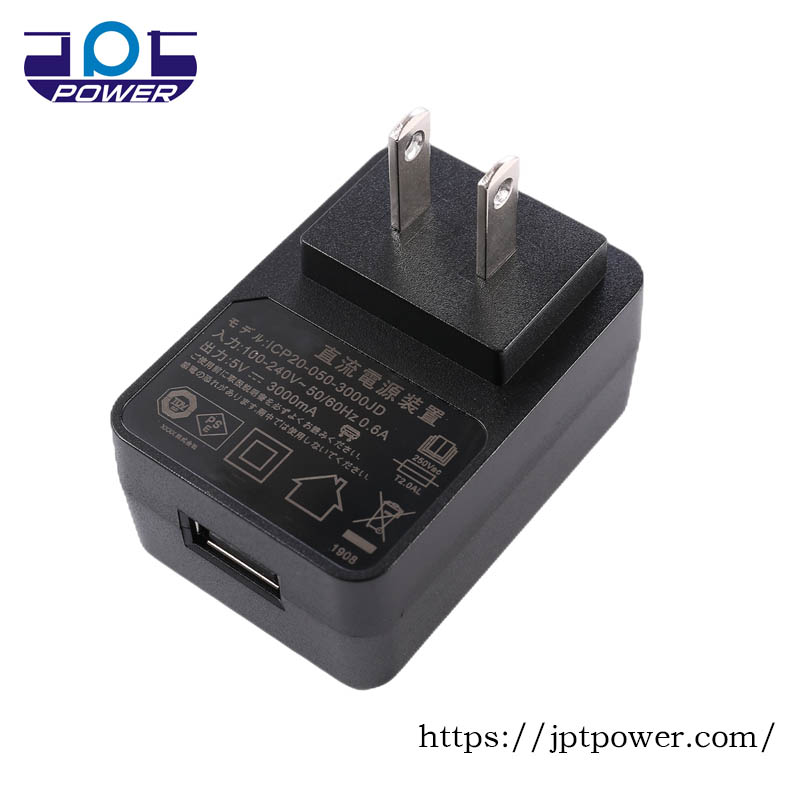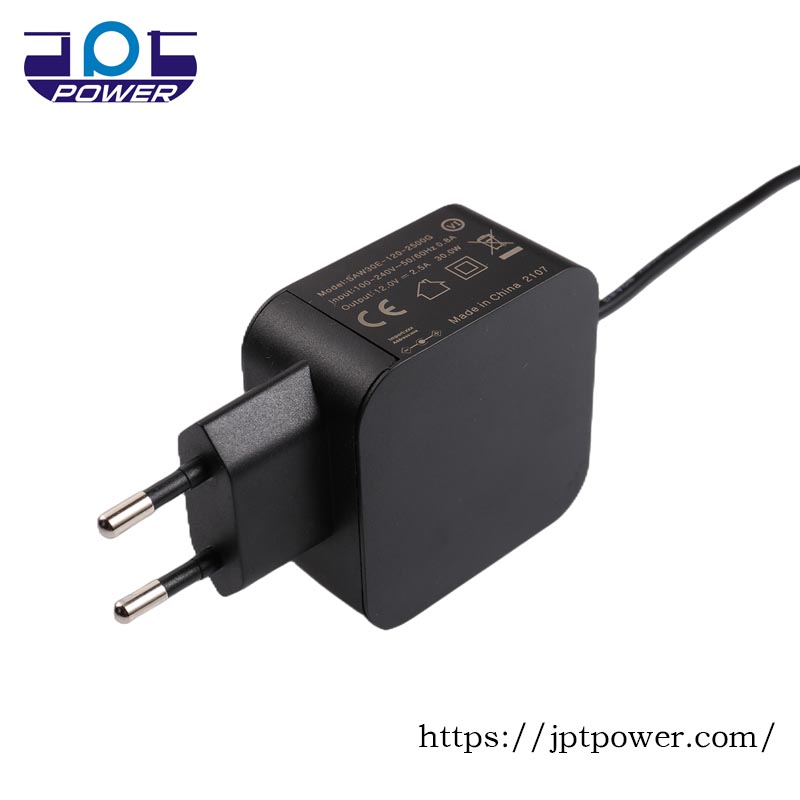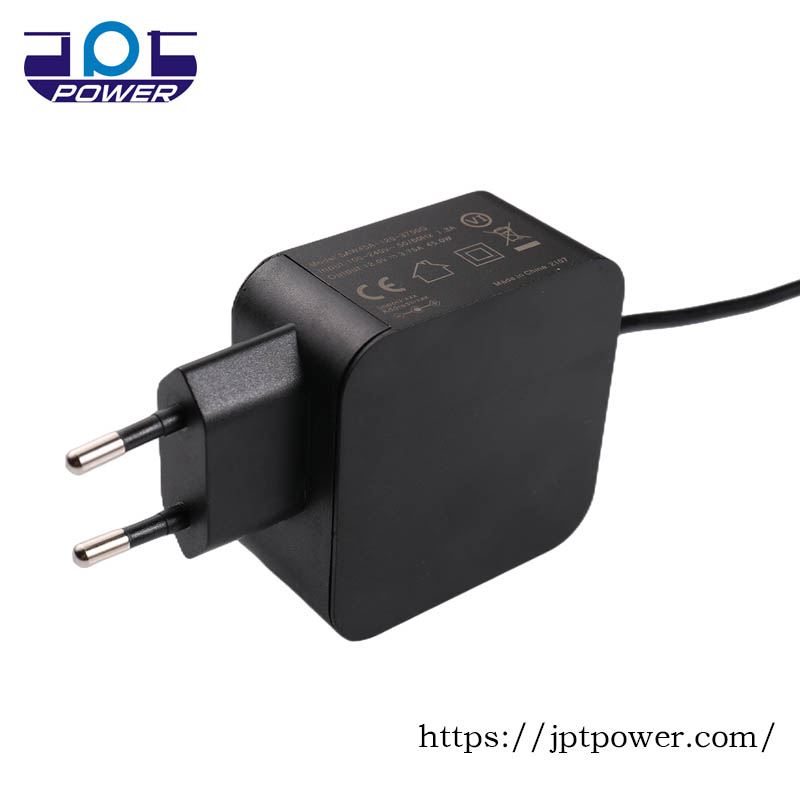I. Why is the lithium battery charging process CC-CV?
I. Why is the lithium battery charging process CC-CV?
- Constant Current (CC) Charging: At the beginning of the charging process, when the battery voltage is low, applying a constant current charging mode helps to control the charging current and maintain stability at lower voltages, thus preserving the battery and charger lifespan.
- Constant Voltage (CV) Charging: When the battery approaches full charge, it transitions to the constant voltage charging mode. During this stage, the charger regulates the charging voltage to remain constant, preventing overcharging.
- Internal Resistance of the Battery: The internal resistance of a battery refers to the resistance encountered when current flows through the battery during operation. The magnitude of the internal resistance directly affects the battery’s performance and lifespan.
- Ohmic Resistance and Polarization Resistance: The internal resistance of a lithium-ion battery comprises ohmic resistance and polarization resistance. Ohmic resistance is composed of contact resistances within the battery, while polarization resistance is the result of electrochemical reactions. The actual internal resistance of a battery is the resistance encountered when current passes through the battery during operation.
II. Four Stages of Lithium-ion Charging
- Trickle Charging: Pre-charging is performed on a fully discharged battery at a maximum constant current of 0.1C.
- Constant Current Charging: After the battery voltage surpasses the trickle charging threshold, the charging current is increased for constant current charging, typically ranging between 0.2C and 1.0C.
- Constant Voltage Charging: Once the battery voltage reaches 4.2V, the constant current charging phase ends, and the charger enters the constant voltage charging stage. The charging current gradually decreases during the charging process until it reaches 0.01C, at which point the charging stops.
- Charging Termination: There are two methods for terminating the charging process: one based on the charging current and the other using a timer. Charging is terminated when the charging current decreases to a range of 0.02C to 0.07C or when the charging time reaches two hours.
III. Why is constant voltage charging applied after constant current charging?
During the charging process, polarization occurs within the battery, which refers to the internal polarization phenomenon. If only constant current charging is used without subsequent constant voltage charging, the battery voltage will decrease due to the disappearance of polarization when left idle after reaching full charge. To fully utilize the energy storage capacity of lithium-ion batteries, it is necessary to perform constant voltage charging after constant current charging to ensure the battery is fully charged and stable.
IV. Can repeatedly applying constant current charging fully charge the battery?
Repeatedly applying constant current charging alone cannot fully charge the battery. Due to the polarization phenomenon, which lasts only briefly, each constant current charging cycle can only charge a small amount of energy into the battery.
V. Purpose of constant voltage charging
Constant voltage charging maintains a constant potential difference across the battery terminals during charging. In practice, due to the polarization and impedance within the battery, the voltage reading may be higher than the actual battery voltage. Constant voltage charging encourages electron migration, ensuring the battery is fully charged while controlling the charging current.
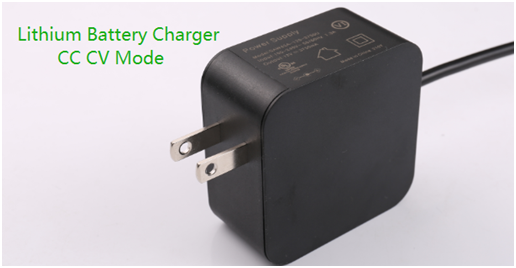
JPT Power is a power adapter manufacturer from China with 10 years of experience in the development and production of battery chargers. We have a wide range of battery chargers to choose from. If you have any questions about CC CV mode charging, please contact our technical experts and we will provide you with efficient service.
Lorem ipsum dolor sit amet, consectetur adipiscing elit. Ut elit tellus, luctus nec ullamcorper mattis, pulvinar dapibus leo.
